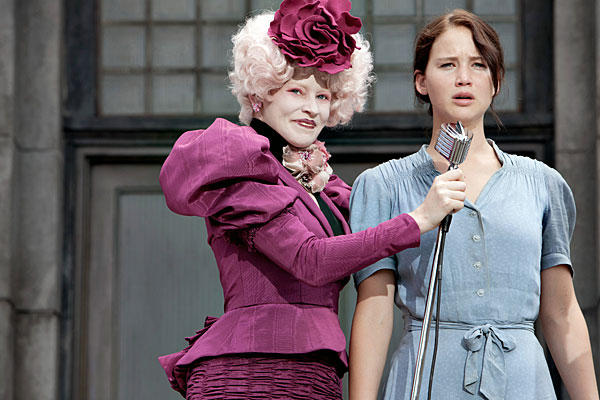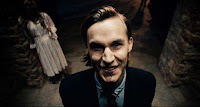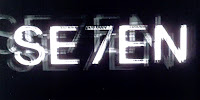Body language and facial expressions are important in a movie because they show a characters emotions and possible mental state to give an idea of what to expect from them and their character roles. It gives an indication of how the character may be feeling showing the type of atmosphere the scene gives off. It is an important convention in thrillers to make the audience share the emotions of the character making the film more of an experience to watch in terms of the type of thrill the audience get from certain situations. It can also indicate the type of relation the character has to the film in general or the rest of the characters or level of activeness or passiveness.
Body language:
Different positions of the body or posture can connote the characters level of self esteem, importance and significance in the plot it can also reflect the relationships with other characters too. Characters can be represented as scared, vengeful, secretive or brave in most thriller films like having a slouched posture leaning against a wall is passive body language represents the character as passive and mysterious in the audiences eyes meaning they may be spontaneous, dark minded and their personality may soon come out and show itself , the character may be disturbed during the movie making the audience expect possibly erratic actions from them. If the character is slanting their head to side it may indicate a more seductive, romantic and playful character making the audience expect more action to do with this romance, this could also create a type of genre in the audiences eyes, showing that we can expect the thrill or dilemma in the film to be to do with this, so the audience will expect this to unfold more in the film. If the character has a strong posture it can indicate authority to that character possibly indicating that the audience has met the protagonist as this person appears to be individual and independent, therefore the audience will start to expect the main character to be versatile and "save the day". There fore body language makes the audience stereotype the character to meet their preferences.
The stereotypical victim may be passive looking with hands in pockets, keeping head down, bad posture etc. creating a height difference, to make them appear powerless and vulnerable making the audience sympathetic and typically expecting the protagonist to rescue them form their bad situation. Their facial expressions may droop down without a smile and sad eyes to make them look specially innocent and hysterical to the audience and the rest of the characters like they have been brought down by a villain "baddie". For example Taken:

The stereotypical protagonist may purposely make themselves look in a certain way to appear strong with a strong posture and soldier like stance to make them look the stereotypical hero, they always look ready for action, they usually look quite tense and have deep stern facial features they tend to evoke respect from the audience. For example the hunger games:

The stereotypical antagonist or villain may use body language and facial expressions to have a sort of dark presence to them which is daunting so they may have a good strong posture initially to make them appear powerful and intimidating or a slanting manner to make them look scary, shadow like and sneaky. Their facial expressions can be lifeless, or taunting with a smile to make them look evil and sadistic making the audience angry with them for causing suffering. For example the purge:
 Thriller opening analysis:A nightmare on elm street
Thriller opening analysis:A nightmare on elm street

Here her body language is of an average posture with head slightly tilted down to make her look like a stereotypical, curious, foolish victim who wondered into the wrong place at the wrong time. Her worried facial expressions though far away indicate a cautiousness. She has no weapons or anything to defend herself with, so she appears helpless.

In this shot you see a stereotypical villain behind her with the typically overbearing look where is head is tilted towards her with an evil gaze his posture is slanted showing a sneak attack. whereas the contrast in body language here is her arched posture making her vulnerable, and screaming facial expressions so she is the typical victim captured by the villain.
In conclusion I will use these body languages such as postures and facial expressions to portray emotion onto a character showing status as victim or villain.






















 The names of the actors are given here after all the names of the people who made the film were shown.
The names of the actors are given here after all the names of the people who made the film were shown.











